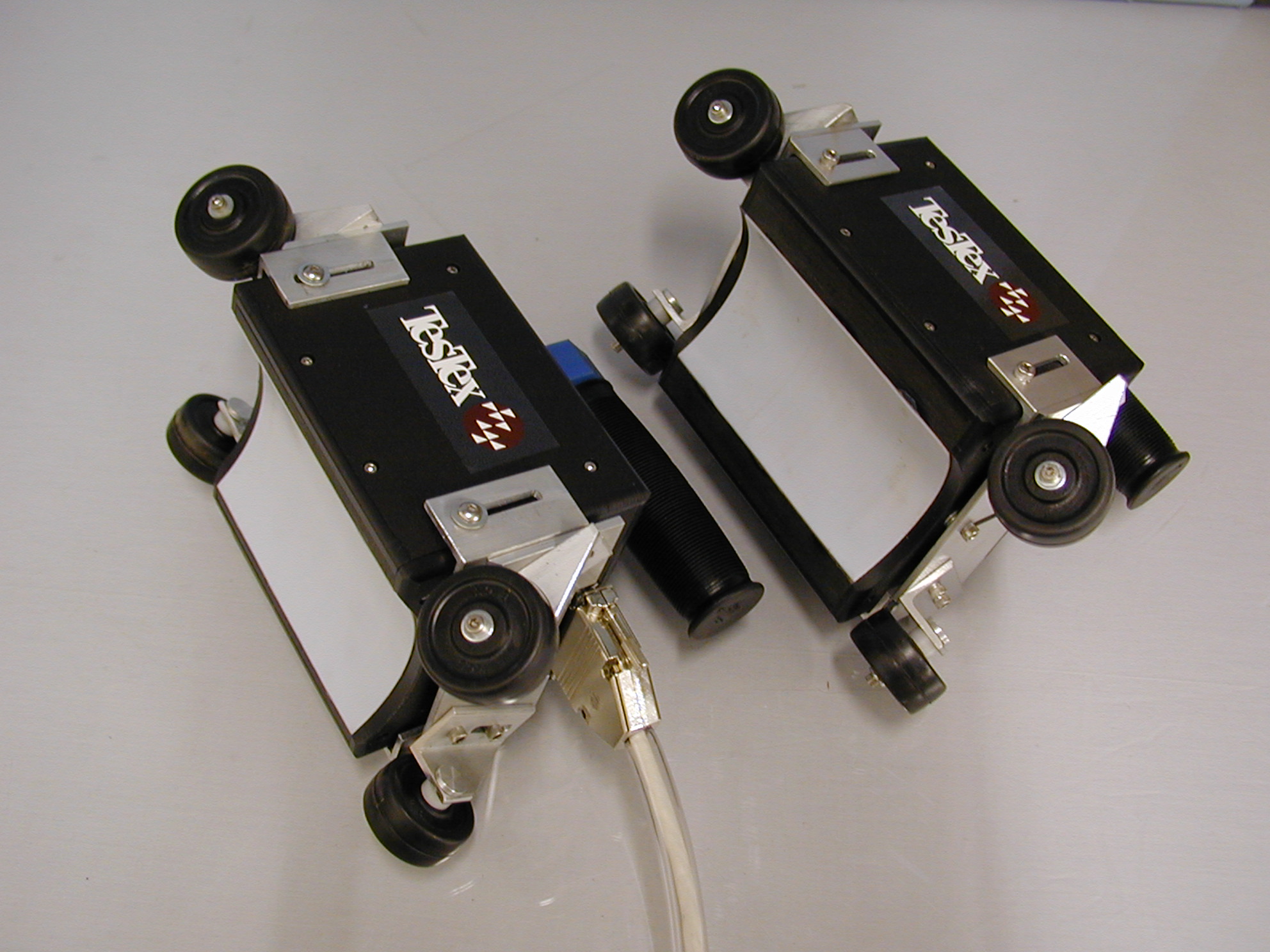
- Common Probe sizes now available for quick checkout in our New Store!
- Our Low Frequency Electromagnetic Technique (LFET) scanners and probes are designed for several different roles. While primarily used as an OD scanning tool, LFET probes have also been designed for ID scanning of crystallizer tubes.
- LFET Scanners come in a variety of sizes and shapes to fit their specific application. For example, TesTex employs bend scanners to scan superheater bends for boiler tubes, and pipe scanners to scan large diameter pipes. LFET scanners also come in the shape of pods that are used in an array with other pods for scanning tank floors and large diameter pipes like we have designed in our Falcon floor scanners and our Line CAT scanner.
Probes
LFET Probes and Scanners
- Our Remote Field Electromagnetic Technique (RFET) probes are designed to handle a variety of ferrous ID inspection applications.
- Our flexible probes are designed to easily pass through bends while scanning and do not require a high fill factor (as low as 40%).
- Our rigid probes are great for ferrous heat exchanger inspections. Both probe types can come with either single or multichannel capability.
- Our RFET probes are ideally suited to the task of nondestructive testing in ferrous tubes. These probes feature:
- Fast setup, and easy calibration
- Low fill factor
- Minimal cleaning
- Customizable sizes for your units
- Scan through bends with flexible probes
- Single or Multichannel resolution
RFET Probes
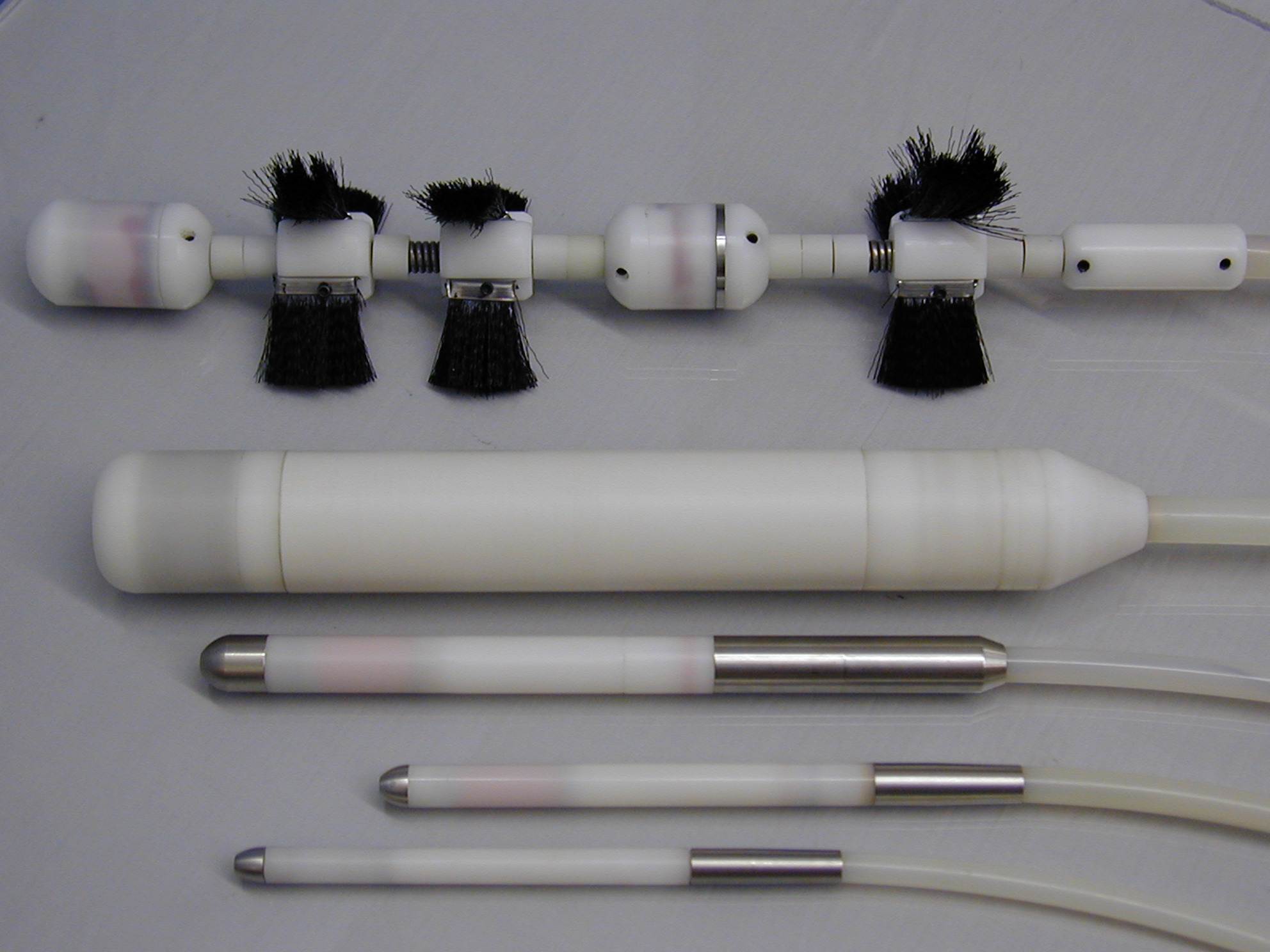
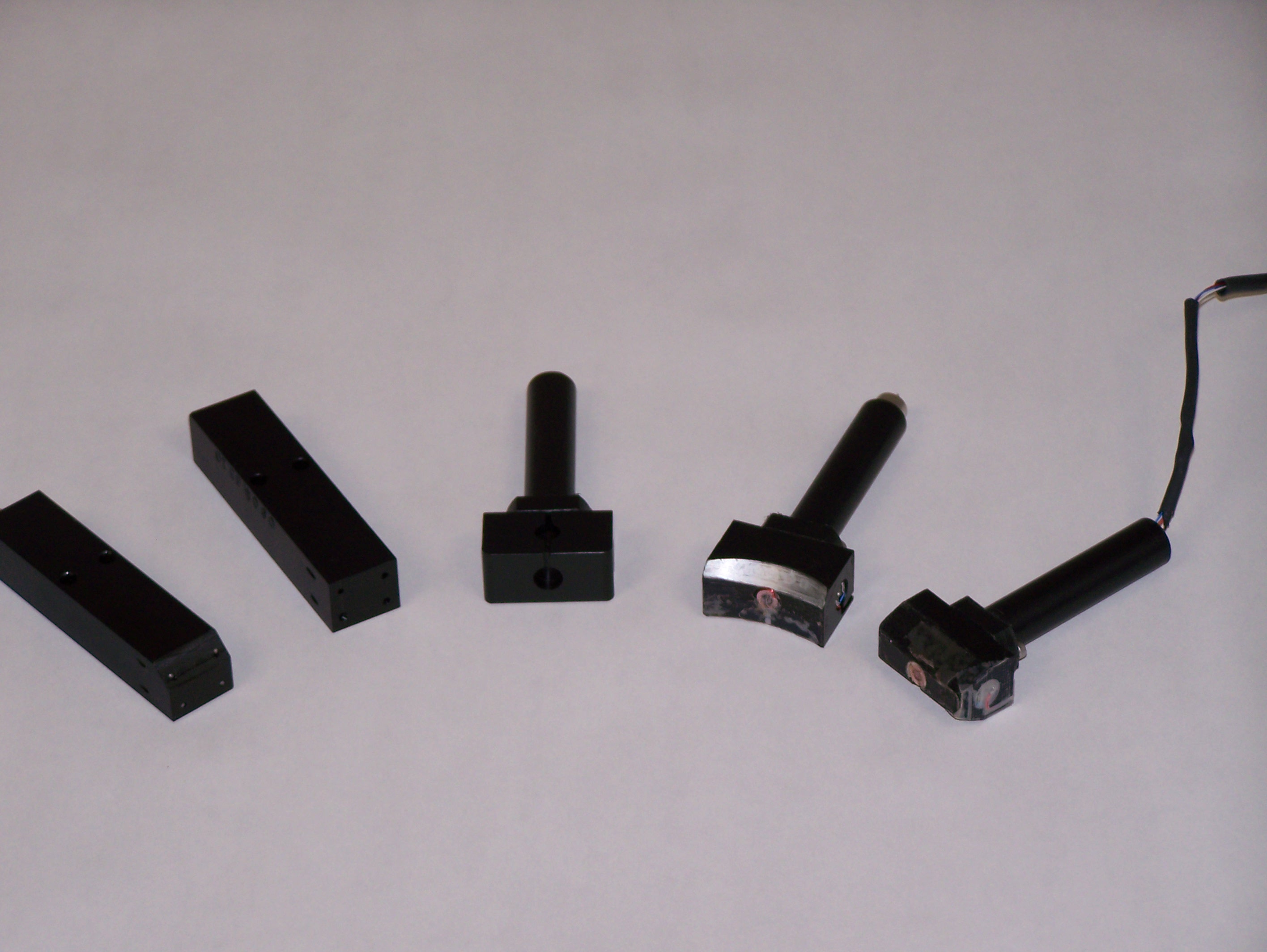
- Our Balanced Field Electromagnetic Technique (BFET) probes are excellent for crack detection in tubes, plates, and welds. The probes are designed to fit a multitude of different applications and come in a variety of shapes and sizes. The probe drivers are designed for ID / OD inspection of tubes, for use in an array for high resolution scans, or small handheld single probes for difficult to reach places. The probe is designed so minimal surface cleaning is needed, and it can scan through paint and coatings. There are two types of probes, standard and deep penetration. While BFET is primarily used for crack detection, it can also be used to determine changes in metallurgical composition.
- BFET Probe Features:
- Detects surface and sub-surace cracks in metals/welds
- Tests through paints and coatings
- Faster and less prep time than Mag Particle and Dye Penetrant
- Regular penetration depth 1/8″ (3.175mm)
- Deep penetration depth 3/8″ (9.525mm)
- Can be made to fit into a variety of probes/scanners to fit your crack detection needs
BFET Probes
- TesTex Eddy Current Technique (ECT) probes are designed for rapid scanning. The probes feature standard four pin connections. Our probes use four distinct frequencies which allow them to cancel out noise signals from baffle plates commonly found in tube bundles. Eddy Current probes come in low, medium, and high frequency ranges to handle a variety of non-ferrous metals. The probes can come with a hard poly exterior used for manual extraction or no exterior when used in conjunction with the high speed insertion gun, the PD-6k or the ultra high speed insertion and extraction PDP-22.
- Eddy Current Probe Features:
- Standard four pin connectors
- Designed for rapid scanning
- Can detect defects under baffle plates
- Can differentiate ID/OD flaws
- Four distinct frequencies to cancel baffle signals
- Can be used with high speed or ultra high speed systems
ECT Probes
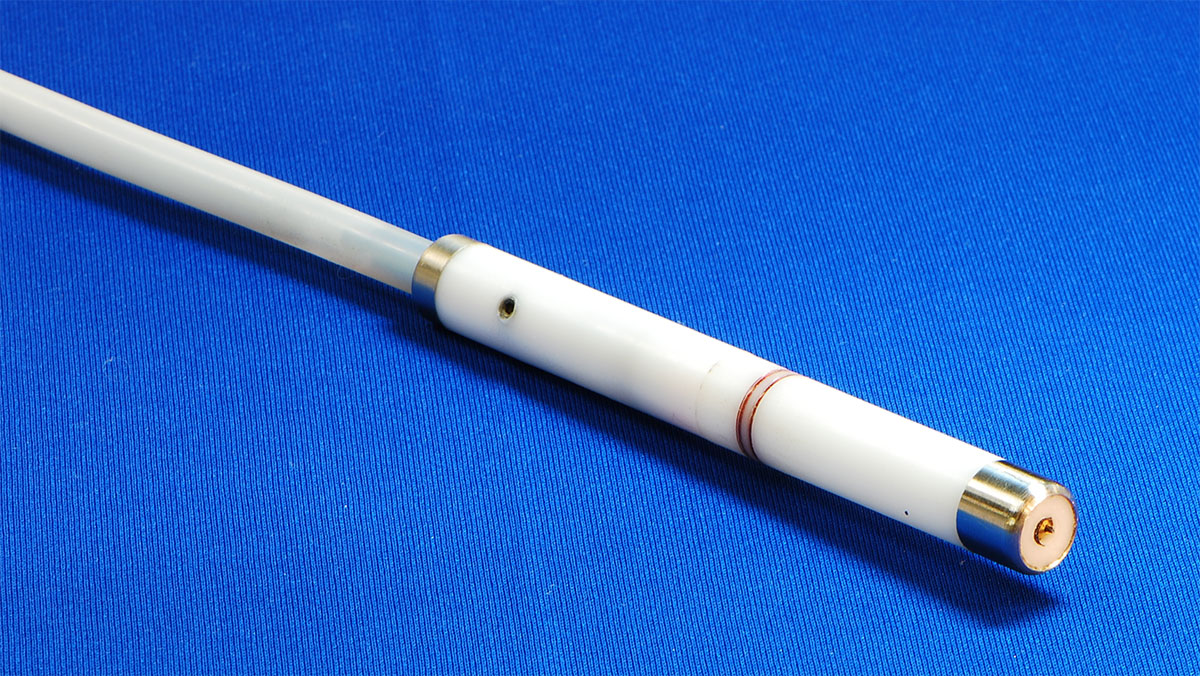
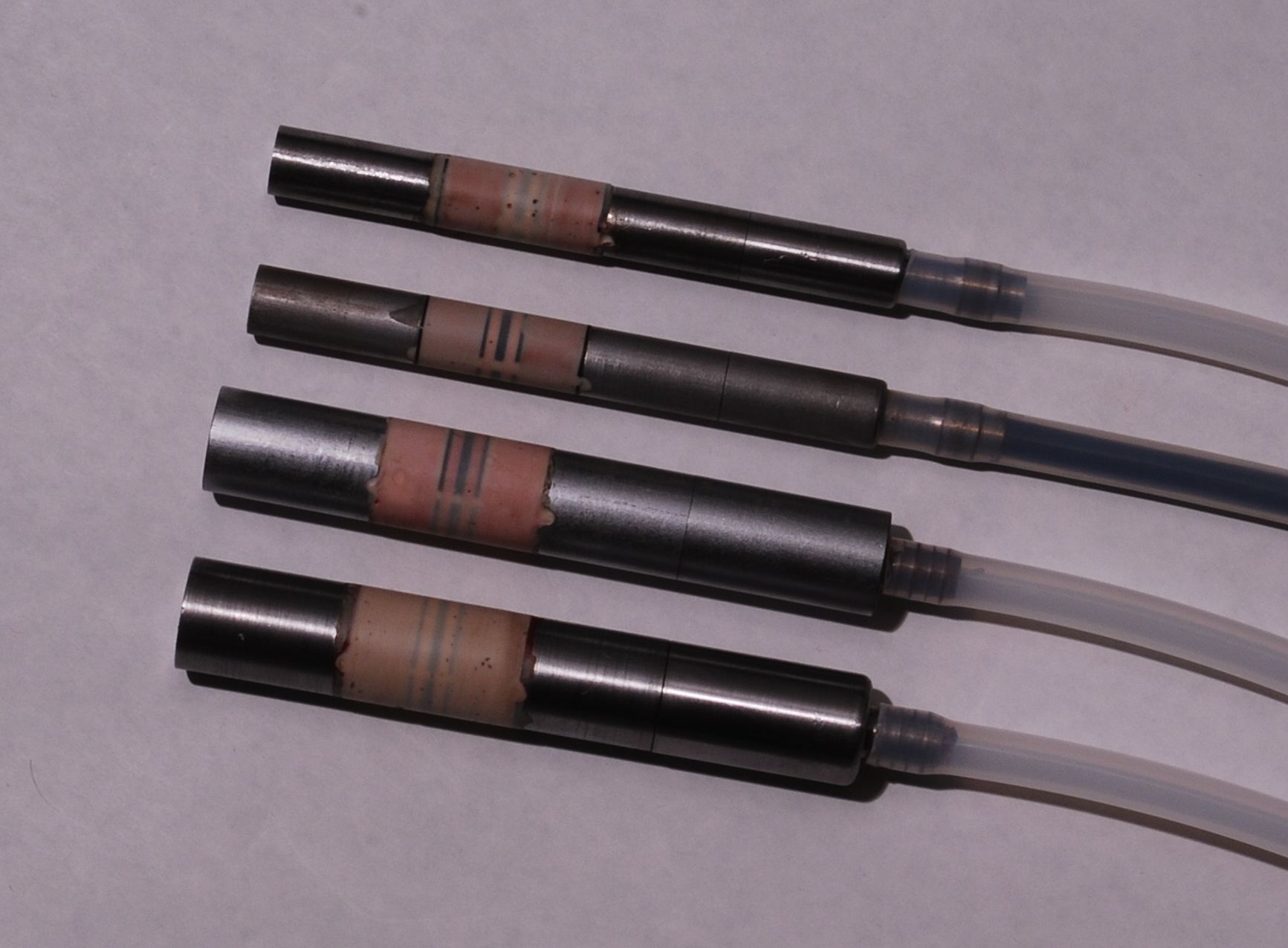
- Testex MagWave probes are designed to detect small volume flaws in ferrous tubes. The probe features a saturation element that allows eddy current technology to work on ferrous materials. The probe is designed to work in manual mode or with the PD-6k high speed insertion gun. The probe also features four distinct frequencies to cancel out baffle signals.
- Designed for small volume flaw detection in ferrous tubes
- Can detect defects under baffle plates
- Can differentiate ID/OD flaws
- Four distinct frequencies to cancel baffle signals
- Can be used with high speed systems
MagWave Probes
MagWave probe features:
- Easy to use, stand alone video scope
- Visually inspect hard to reach areas with limited access
- Used with a laptop, tablet or smart phone
- Has the ability to record video or take screen captures of areas of interest during a visual inspection
- Works well for proving up other NDT techniques such as ECT, RFET, IRIS, etc.
- Allows inspectors to put a visual image with a waveform
- 30 ft. probe length, encased in a rigid jacket to protect cable and camera from wear
- Allows for easy insertion into tight spaces and navigates most bends
- 1/6 VGA CMOS camera
- Image and video capture capability
- 6 LED adjustable lights with auto brightness
- Scope total diameter of only 0.5 in (12.7 mm)
- Waterproof up to 3.2 ft (1 m)
- Wide angle view of 62 deg
- Automatic exposure control
- Operates in temperatures up to 140 ℉ (60 ℃)
- Double shielded to prevent signal attenuation
- Software for laptop included
- Easily connects to laptop through USB or to tablets and smart phones with a USB adapter
- Can run on most tablets and smart phones with a free App
- Up to 300000 pixels
- 30 fps frame rate
- 640 X 480 resolution
- 24 bits color
- 1.2 – 3.2 in (3- 8.1 cm) focal distance
The Seeker
“Find what you are looking for”
Additional Information
Technical Specifications:
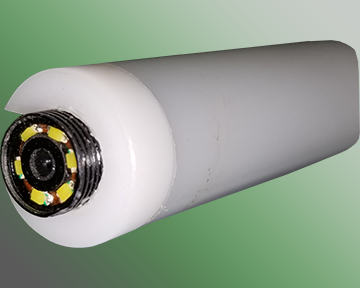
Clicking "Quote" will add the item to a temporary cart and prompt you to register/login. To view the items in this cart or send us an email requesting a quote, please complete the registration process or login.
| Description | Quantity | Add to |
|---|---|---|
| LFET Probes and Scanners | ||
| RFET Probes | ||
| BFET Probes | ||
| ECT Probes | ||
| PD-6k Probe Driver | ||
| PDP-22 Probe Driver | ||
| MagWave Probes | ||
| The Seeker |